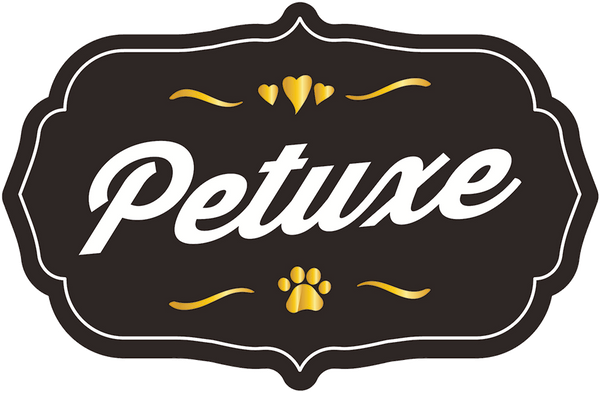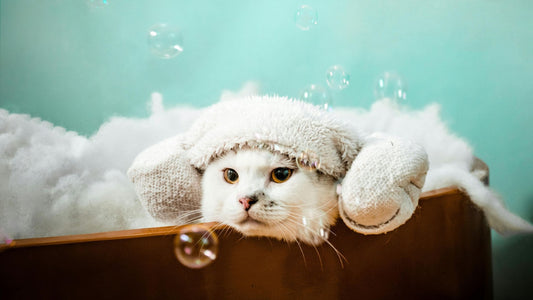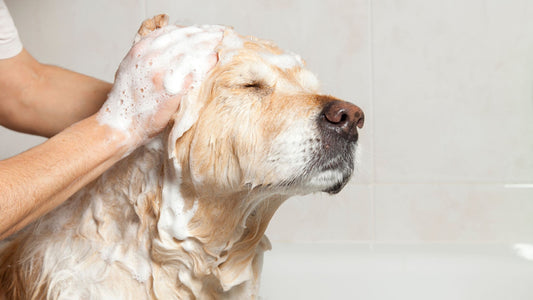Coat care in Persian and Angora cats

Persian and Angora cats are known for their long, dense, and silky fur. However, keeping it in optimal condition requires a specific grooming routine. Below, we explain how to properly care for their coats and which products are ideal for this purpose.
Coat characteristics in Persian and Angora cats
The Persian cat's coat is long and dense , with a double layer : a soft undercoat and a longer outer coat. The Angora cat's coat, on the other hand, is fine and silky , equally long, and prone to matting if not groomed frequently.
Both breeds require a consistent grooming routine, as their coats are not maintained through natural grooming alone as they are in other short-haired breeds.

Importance of regular coat care
Keeping your coat in good condition isn't just a matter of aesthetics. A clean, untangled coat prevents:
- Formation of hairballs when licking.
- Skin infections due to accumulation of moisture or dirt.
- Pain and discomfort from tight knots pulling at the skin.
In addition, regular brushing and bathing help detect parasites, wounds, or inflamed areas in time.

Differences between the coat of the Persian cat and that of the Angora
Although both the Persian and Angora cats have long, striking fur, there are notable differences between the two coats that directly influence their care.
He The Persian cat has a denser, heavier coat , composed of a double layer. This structure makes it more prone to deep knots and tangles , especially if not brushed daily.
On the other hand, the Angora cat has a lighter, silkier coat with a lower undercoat density. This makes it easier to maintain, as it tangles less easily , although it still requires regular brushing to prevent hairballs and maintain its natural shine.
Ideal brushing routine
To avoid tangles and keep the coat in perfect condition, it is necessary to maintain a routine:
- Frequency : Ideally, you should brush your cat daily or at least 3 times a week.
- Tools : Use a long-toothed metal comb to detangle from the roots and a slicker brush to remove dead hair and undercoat. If you're not sure which brush to use, you can find out here .
Tip : Get your cat used to brushing from a young age, always gently and in short sessions. Reward him afterward so he associates it with a positive experience.

Bath and natural cosmetics for long-haired cats
Although many cats don't need frequent baths, for long-haired breeds, a monthly bath can be beneficial, especially if they spend time outdoors or have skin problems.
How often should you bathe a Persian or Angora cat?
Bathing long-haired cats such as Persians or Angoras should not be done daily or weekly, but it is advisable to maintain a monthly or bi-monthly routine , depending on the animal's lifestyle.
In general, it's recommended to bathe them every 4 to 6 weeks . This frequency helps keep the coat clean, free of accumulated grease, dirt, and dead hair. However, it's essential to use specific cat shampoos with gentle, sulfate- and silicone-free formulas, such as those from Petuxe , which respect feline pH and care for both the skin and coat. Below, we recommend some ideal products for your pet:
Petuxe Moisturizing Shampoo for cats
Made with 88% natural ingredients, such as organic olive oil, vitamins E and B5, and panthenol. It helps restore dry or damaged hair, makes it easier to brush without conditioner, and leaves a silky, shiny finish.
Petuxe Shampoo Particles for all breeds
Ultra-fine powder shampoo, four times more concentrated than traditional shampoo. It cleans, shines, and strengthens the coat, creating a creamy lather upon contact with water. Toxin-free and completely vegan.

Petuxe Volume Shampoo for cats
Ideal for adding volume to the coat after drying. Contains keratin and plant-based oligosaccharides, enriched with vitamins E and B5. Free from sulfates, salts, and silicones, and with 88% natural ingredients.

Extra tips for a healthy and shiny coat
In addition to brushing and bathing, keep these key factors in mind:
- Balanced diet : A diet rich in omega-3 and omega-6 fatty acids significantly improves coat quality.
- Hairball control : Help prevent hairballs with cat malt or special snacks that facilitate the natural expulsion of ingested hair.
- Stress-Free Environment : Stress can affect hair health and cause excessive shedding. Make sure your cat has a safe, clean, and enriched environment.
With this care, your cat will not only have a spectacular coat, but will also enjoy a better quality of life. Remember that consistency is key.
Want the best for your pet's coat? Discover Petuxe 's full range of natural and vegan products , specifically developed for pet care and well-being.




